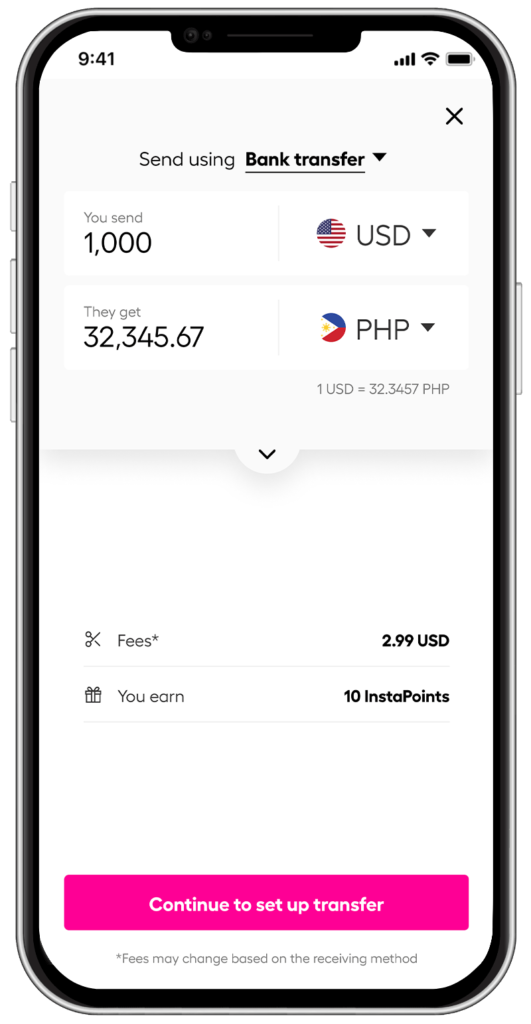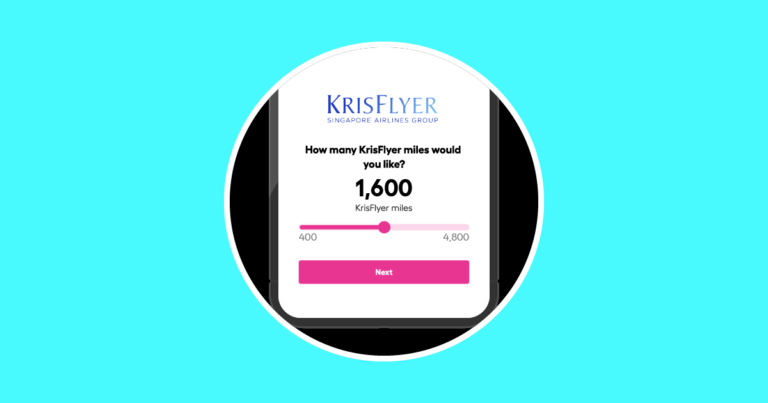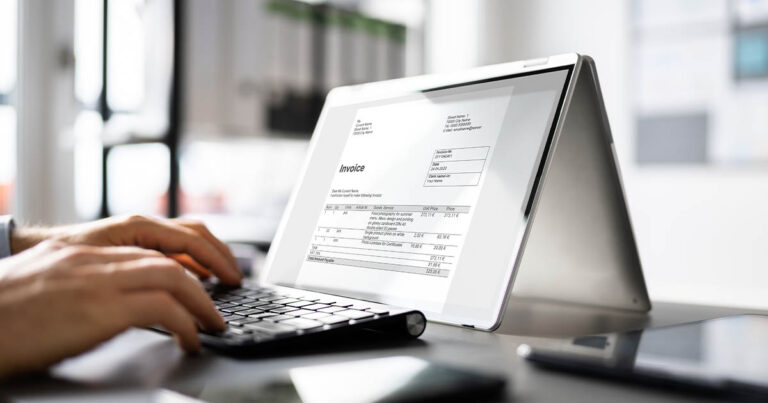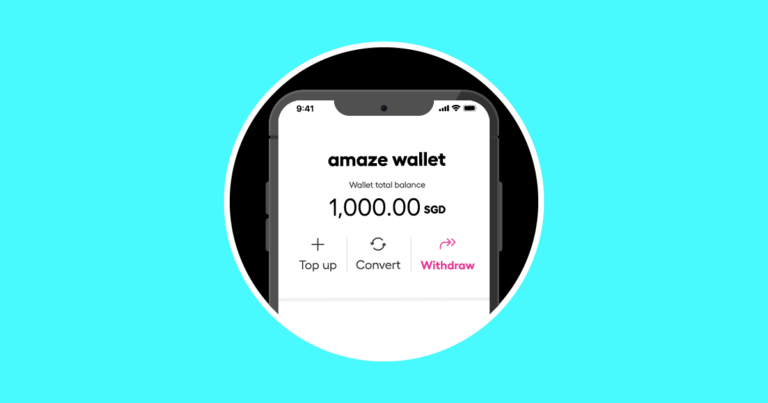Decoding the LSAT exam: Your key to law school admission

This article covers:
Do you feel like channelling your inner lawyer while playing Phoenix Wright: Ace Attorney? It’s an older game, but there’s just something about passionately shouting “OBJECTION” that gives you this incredible feeling of power. But if you’re considering making that leap from video game law to real-life law, let us tell you, law school is no walk in the park.
The ultimate litmus test to see if you can survive your first year of law school. It’s none other than the LSAT exam. Now, you might be wondering, what in the world is the LSAT exam? Is it just another entrance exam? Well, in this blog, we’re here to break it all down for you. We’ll explain what LSAT stands for, how to get ready for it, what’s on the syllabus, and, of course, the costs involved. So, let’s dive right in!
LSAT full form
So, what is the LSAT?
So, to sum it up, LSAT stands for “Law School Admission Test.” It’s this standardised test that the folks over at the Law School Admission Council cooked up for all the aspiring law school students out there. It’s kind of a big deal because it’s said to be the top-notch predictor of how well you’ll do in your first year of law school. It’s the entrance exam to see if you’ve got what it takes to be a lawyer.
Now, you might be thinking, “What does it really mean to be ‘lawyer material’?” Well, it’s all about having the skills for the job, like being a pro at critical reasoning, acing reading comprehension, and having that gift of persuasive writing up your sleeve. That’s the secret sauce to making it in the legal world!
lSAT syllabus
Now what does LSAT exam syllabus look like?
So, when it comes to the LSAT, it’s got two main parts to it: there are the multiple-choice questions, and then there’s a little writing test thrown into the mix. Let’s dive a bit deeper and break down what’s on the LSAT syllabus, shall we?
LSAT Syllabus | Sections | Details | Amount of time given |
Multiple Choice LSAT Questions | Reading Comprehension Section | Three sets having a single passage and one set with two related passages | 35 minutes |
Analytical Reasoning Section | Questions come in sets, each based on a single scenario involving ordering or grouping relationships. | ||
Logical Reasoning Section | Brief arguments from diverse origins are presented, and for each question, you’ll need to read a passage and respond to one, occasionally two, questions based on it. | ||
LSAT Writing |
| Receive a prompt with a decision problem, and you’ll need to pick one of two positions or courses of action and back up your choice. | 35 minutes
|
Reading comprehension
Now, the reading part covers a bit of everything—humanities, social sciences, sciences, and law-related topics. It’s usually pretty heavy stuff, using fancy words and throwing complex arguments your way. When you answer the questions, you’ve got to read carefully, figure out how different parts of the text relate to each other, and make reasonable guesses based on what you’ve read.
They might ask you about:
- the main point,
- things that are spelt out or hinted at,
- word meanings,
- how the text is organised,
- using the info in new situations,
- the big ideas behind it all,
- making comparisons,
- what the author’s tone is like,
- and how new info changes the story.
- So, it’s a real workout for your brain!
Analytical reasoning
In short, analytical reasoning makes you solve some pretty tricky problems, deal with “if-then” stuff, make educated guesses based on the information you have, and handle new info that’s thrown at you. The good news is you don’t need to be a formal logic expert; they just want to see if you’ve got the kind of smarts and skills that college students and graduates usually have.
Logical reasoning
It’s all about checking how good you are at thinking critically and analysing arguments. This is a big deal in law because you’ll be doing it a lot when you study law – looking at arguments, figuring out what’s important, and convincing others with your arguments.
You don’t need to be a logic expert, but knowing some basic concepts like argument, premise, assumption, and conclusion, which you’d usually learn in college, can really help you do well in this part.
How LSAT exam is being conducted?
Starting in August 2023, you have the power to choose how you want to take the test. You can either take it from the comfort of your home with a live, remote proctor, or head on over to a Prometric digital testing centre in person. The cool part? It’s totally up to you!
LSAT Syllabus | Location |
Multiple Choice LSAT Questions | Test centre or remote |
LSAT Writing | Remote |
And here’s some good news – whether you go in person or stay home, the LSAT registration fee stays the same. No extra costs for picking your preferred way!
LSAT scores
Your LSAT score, whether it’s the regular test or LSAT-Flex, is all about how many questions you get right, and that’s called your “raw score.” Each question is worth the same, so what really matters is how many you nail, not which ones they are. Plus, here’s the cool part—there’s no penalty for getting something wrong.
Now, to make it fair for everyone and so they can compare scores from different LSAT tests, they turn your raw score into a standard LSAT scale.
LSAT total marks
It ranges from 120 (the lowest score you can get) to 180 (the highest score possible), and that’s the score you’ll see on your LSAT entrance exam report. So, it’s all about those correct answers, and your final score tells you where you stand.
So, what’s considered a good LSAT score? Well, it really depends on the college you’re aiming for. But if you’re looking at the top-notch universities, they typically have an average LSAT score of around 172.
That means if you’re eyeing a spot in one of those top law schools, you should be aiming for at least 172. But hang tight, we’ll dive into more info about LSAT colleges in the next section!
LSAT colleges
Now that you’ve got your LSAT score, it’s time to check out some law schools. Here are the ones with the top LSAT scores in 2022:
- Yale University: 175
- Harvard University: 174
- University of Chicago: 173
- Stanford University: 173
- Columbia University: 173
- Washington University in St. Louis: 172
- New York University: 172
- Cornell University: 172
- University of Virginia: 171
- University of Michigan – Ann Arbor: 171
- University of California – Los Angeles: 171
- Northwestern University (Pritzker): 171
- Georgetown University: 171
You’re not just restricted to US universities, you know. LSAT scores are accepted worldwide. In fact, it’s the one admission test that every ABA-approved law school accepts, no matter where you want to study.
LSAT Eligibility
In general, there aren’t many restrictions on who can take the LSAT. But here’s the scoop: if you’re planning to take it multiple times, some new rules are starting from August 2023.
- You can take it up to five times within a certain period that began in June 2018.
- Over your whole life, you’re limited to seven times.
- Just remember, any tests you took before August 2023 count towards these limits, except for a few special cases.
- If you cancel your LSAT score, it still counts against the limits,
- If you just didn’t show up or withdrew, it doesn’t.
- Oh, and if you’ve already aced the LSAT with a perfect score since June 2018, you can’t retake it.
LSAT exam fees
Fee type | Cost |
LSAT (includes LSAT Writing) | 222 USD |
Credential Assembly Service (CAS) | 200 USD |
CAS Report | 45 USD |
LSAT Score Preview | Register before the first day of a test session: 45 USD
Register during a specific period after the testing is done: 75 USD |
Official Candidate LSAT Score Report (includes nonreportable LSAT scores) | 50 USD |
Score Audit | 150 USD (or 75 USD if you’ve been pre-approved for a fee waiver) |
Test Date Change |
|
So, what’s this Credential Assembly Service (CAS) all about?
Well, it’s like a handy tool from LSAC that makes applying to law schools a breeze for both students and schools. With CAS, you only have to send your transcripts, recommendation letters, and any other required documents to LSAC once. They keep everything in one place.
LSAT exam dates (2024)
There are two different sets of LSAT test dates—one for folks in the U.S. and Canada, and the other for international students. So, for example, if you’re thinking of taking the LSAT India entrance exam, you should check out the international student dates.
The table below has listed all the LSAT test dates to the actual LSAT entrance exam date, registration deadline and score release.
Administration | Primary test dates | LSAT Writing opens | Registration deadline * | Scheduling opens ** | Score release |
January 2024 (international) | 13 Jan 2024 | 4 Jan 2024 | 30 Nov 2023 | 13 Dec 2023 | 31 Jan 2024 |
April 2024 (international) | 13 Apr 2024 | 4 Apr 2024 | 29 Feb 2024 | TBD | 1 May 2024 |
June 2024 (international) | 8 Jun 2024 | 30 May 2024 | 23 Apr 2024 | TBD | 26 Jun 2024 |
Dates are taken from LSAT official website on 7 Dec 2024.
So, how long should you get ready for the LSAT? Well, as a general guideline, it’s a good idea to plan for at least three months. But remember, the right time to start studying really depends on your own situation.
LSAT registration
It’s very simple. You can register for the LSAT online through your LSAC.org
Follow these steps:
- Sign up for a LSAC account.
- Select test date.
- Select test location.
- Register for Credential assembly service.
- Make the payment.
You can pay LSAC with VISA, Mastercard, American Express, and Discover credit cards, and they’ll charge your account in US dollars.
LSAT results 2024
Usually, you’ll get your LSAT results in about two to three weeks after you’ve taken the test.
Administration | LSAT dates for Score release |
January 2024 (international) | 31 Jan 2024 |
April 2024 (international) | 1 May 2024 |
June 2024 (international) | 26 Jun 2024 |
For example, if you are planning to take it in India, your LSAT India result will fall under the international category.
Take note that these LSAT test dates are for international students only. If you are planning to take it in the United States or Canada, you will have to check LSAT official website.
LSAT prep – actual day
On test day, here’s what you need for the online LSAT at home: a laptop or desktop computer that works with it, a webcam, a microphone, and the latest Google Chrome web browser. Find a quiet, well-lit room – it could be at home or somewhere else – with a steady internet connection, a table or desk, and a comfy chair.
Don’t forget your valid photo ID, which can be either an international passport or a government-issued photo ID from the US or Canada. Your ID’s name must match the name on your LSAC account. That’s the stuff you’ll need to have ready to go!
LSAT practice test
Unlike some other entrance exams like the SAT and ACT, the LSAT entrance exam is pretty quick, only lasting 35 minutes. But don’t be fooled by the short time – it’s not necessarily a walk in the park. To get ready for it, it’s important to get familiar with the LSAT paper pattern.
So what’s the best way to prepare for LSAT exam?
You’ve got options when it comes to getting ready for the LSAT. LSAC believes that everyone should have access to good, affordable test prep stuff, just like legal education should be available to all.
You can practice using LSAC LawHub, which offers the format you’ll use on LSAT test day, or you can dig into a bunch of LSAT question papers (LSAC has turned into books). If you like some guidance, there are awesome prep courses you can pay for. And guess what? There’s also a totally free option called Official LSAT Prep by Khan Academy. This Khan Academy thing was made in partnership with LSAC, so you know it’s legit and will give you some great LSAT know-how!
LSAT sample paper
This is probably the last LSAT sample paper you should take.
The LSAT sample test provides a good idea to get to know the ropes before the big day. It’s like a rehearsal to make sure you’re all set when the actual exam comes around! Just use your LSAC username and password to log in. Easy peasy!
Take note to only attempt this after diving into the official LSAT practice tests and tutorial videos in your LawHub account. The LSAT question paper lets you do everything you’ll do in the real deal – like picking answers, highlighting stuff, and tweaking your screen settings.
How difficult is LSAT?
Think MCAT is difficult? Wait till you do LSAT. LSAT exam is designed to measure your natural abilities more than what you’ve already achieved. In a way, it’s like an IQ test, checking out your inherent talents.
If you don’t put in the study time, it can be pretty challenging. But if you prepare well, it becomes much more manageable. But hitting a super high score is quite a challenge even with a lot of prep. You see, anyone can get a 170 if they have the basics down, but nailing it in just 35 minutes? That’s a bit trickier.
There’s a saying online that says when it comes to top law schools, they’re looking for two kinds of folks:
- The naturally brilliant ones.
- Those who might not be geniuses but are hardcore workers. The ones who will give their all for the school.
It makes sense because you need that level of work ethic when you become a lawyer.
So, who usually shines on the LSAT?
- Natural geniuses.
- The dedicated grinders who put in the hard work.
- And computer science majors.
- Why? This is due to their strong analytical skills, attention to detail, critical thinking abilities, and aptitude for pattern recognition. These qualities, honed through their academic coursework and coding projects, align well with the demands of the LSAT, which assesses logical reasoning, analytical skills, and problem-solving.
Before you go…
Got your LSAT score in hand? Ready to take the legal world by storm at a law school abroad? Well, here’s a handy tip: To send money overseas, don’t forget to check out Instarem. They’ve got your back!

*rates are for display purposes only.
Try Instarem for your next transfer.
Download the app or sign up here.
*Disclaimer: This article is intended for informational purposes only. All details are accurate at the time of publishing. Instarem has no affiliation or relationship with products or vendors mentioned.
 Get the app
Get the app


























